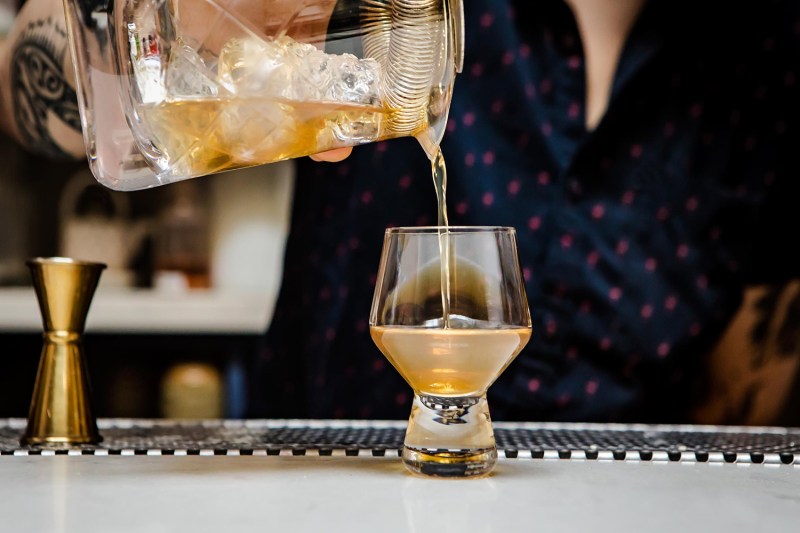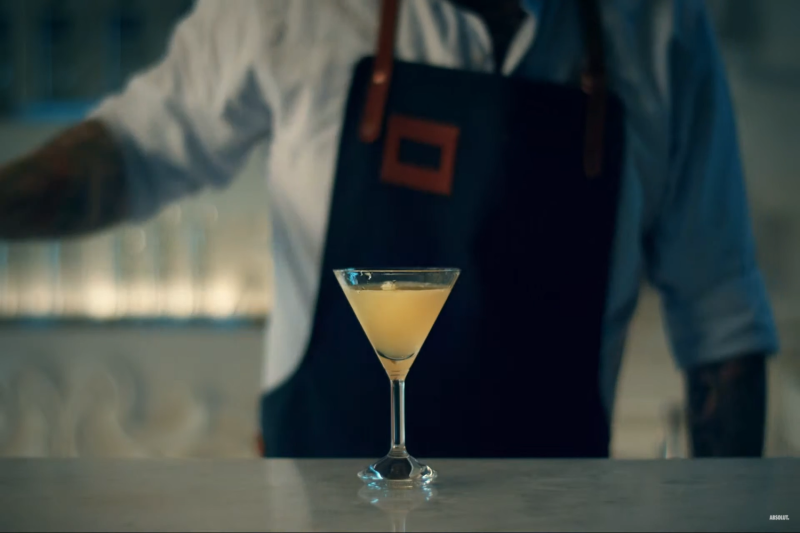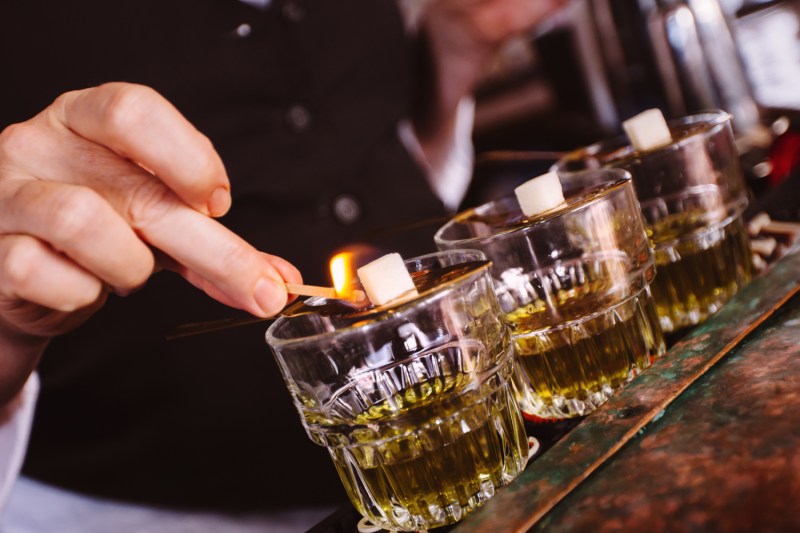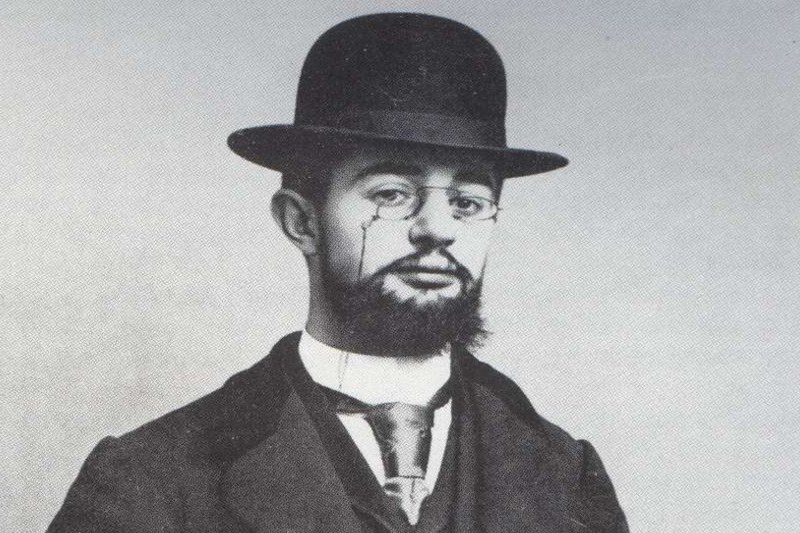
According to legend, the Earthquake cocktail was a favorite of Post-Impressionist painter Henri de Toulouse-Lautrec, who served it at the frequent parties he hosted. Originally a 50/50 blend of cognac and good absinthe, the two-ingredient cocktail certainly had the potential to start and/or end the evening with a bang.
Over the years, drink makers have mellowed the recipe for those looking for less inebriating libations. Whether you stick to tradition or tinker with the ingredients, the Earthquake makes a brilliant cocktail to add to your repertoire. And who knows, it just might make you a better painter as well (although we doubt it).
The Earthquake cocktail

Here it is, the classic Earthquake cocktail recipe, the one beloved by legendary French painters and others for centuries. Because this is a two-ingredient cocktail, it’s vitally important to use the best spirits possible. If you use a lesser spirit, there’s not much in the cocktail to hide the taste, and instead of rocking your world, you’ll feel barely a tremor when you drink it. So stick to the good stuff here.
Ingredients
- 2 ounces cognac
- 1 ounce absinthe
- Lemon twist (for garnish)
Method
- In an ice-filled mixing glass, combine the cognac and absinthe.
- Stir until well-chilled.
- Strain into a cocktail glass.
- Garnish with the lemon twist.
Variations of the Earthquake

The name of the drink likely derives from its effect on the imbiber: One cocktail (which Toulouse Lautrec recommended serving in a wine goblet to breathe in the heady aroma) was enough to feel the earth move. Given the alcoholic abundance, there are plenty of ways to modify this Toulousian beverage to make it more approachable, and most barkeeps find the drink much improved with a two-to-one cognac to absinthe ratio.
For a more Anglicized version, the 1930 Savoy Cocktail Book jettisons cognac in favor of gin and throws in whiskey for good measure (1 ounce each of absinthe, gin, and whiskey). Those with an aversion to
The Earthquake cocktail with whiskey (in just 3 steps)

As we said above, there is a version of the Earthquake cocktail that uses a combination of whiskey and gin instead of the classic cognac, for an English version of the drink. And now we’ve found an American version of the classic French Earthquake cocktail that uses just whiskey instead of
Considering its use of whiskey, it should come as no surprise that this variation of the Earthquake cocktail comes from the people behind the Texas Whiskey Festival. This version uses bourbon, which balances out the absinthe, but a blended whiskey on the sweeter side works as well.
(From the Texas Whiskey Festival)
Ingredients
- 2 1/2 ounces bourbon (or a sweet blended whiskey)
- 1/4 ounce absinthe
Method
- Combine the whiskey and absinthe in a cocktail shaker filled with ice.
- Stir to chill.
- Strain into a chilled glass.
The World of Toulouse-Lautrec

The epitome of the absinthe-soaked decadent of fin-de-siècle France, Toulouse-Lautrec was a great lover of Parisian nightlife. He spent his evenings exploring the realm of dance halls, cabarets, and brothels of Montmartre, where the artist lived most of his life. Set on a hill in the then-outskirts of Paris, the working-class district of the late 19th century felt like a world removed from the broad avenues and leafy squares of the city center.
By contrast, Montmartre had a landscape of narrow, seemingly haphazard lanes and working windmills, vestiges of the region’s rural roots. Climbing up the butte (hill) meant leaving the trappings of bourgeois culture behind for a raucous low-rent entertainment district that drew a wide mashup of society: Artists, writers, and intellectuals along with criminals, wide-eyed tourists, performers hoping to strike it big, and well-off Parisians eager for a quick escape from the confines of polite society into a decadent playground of excess.
Toulouse-Lautrec had a tough life: he was born with genetic defects, spoke with a lisp, and stood just 4 feet 11 inches tall as an adult. He hobbled around on childlike legs aided with a cane — one that he had specially outfitted with a hidden flask, so he would never be more than arm’s reach from alcoholic refreshment. Yet, despite his afflictions, the artist had an outgoing personality and a prodigious work ethic. Montmartre captivated him, and he created hundreds of works devoted to the district’s performers and its theatrical settings before his premature death at the age of 36.



